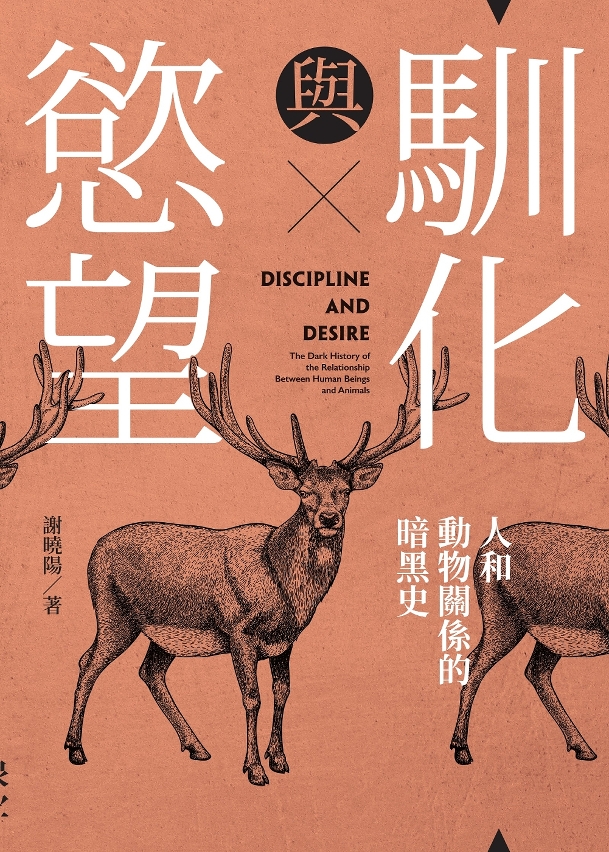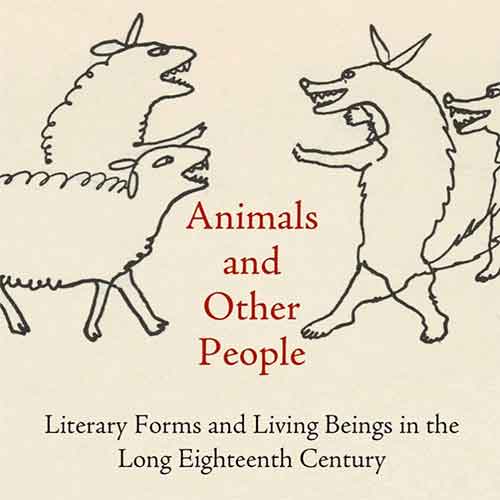
(7) Clearly, there are always books that could be read or avenues followed and choices need to be made but when a writer declares his own work to be definitive he does rather set himself up to be challenged! As Boddice makes explicit, he sees much of the recent work in animal studies as invalid. 24) overlooking James Gregory’s innovative study of 19th-century vegetarianism. In his keenness to promote his ‘originality’ Boddice often omits discussion of books that cover similar aspects of his own subject, for example, Christine Kenyon-Jones’ discussion of bull baiting in parliament or boldly declares that there is ‘no comprehensive history of vegetarianism’ (p. The author thus does not see his work as provisional, or part of an ongoing process of developing knowledge in the field. Unfortunately, I was to be rather disappointed.īoddice declares of his own work that ‘the book provides the most complete account of human-animal relations in this period of British history yet produced’ (p. (6) Accordingly, irrespective of the particular emphasis in Boddice’s monograph, I was anticipating a work that drew on recent scholarship and attempted to take forward debate in interesting ways.
HUMANS TREATED LIKE ANIMALS BOOKREADER SERIES
(5) Recent books such as the six-volume series A Cultural History of Animals or the Reaktion series on individual animals, under the general editorship of Jonathan Burt, have been attempts to present in different ways imaginative and innovative approaches to the animal-human relationship. (4) In complementary vein journals such as Society and Animals, Anthrozoos, or a new journal from Palgrave on animals and ethics have developed the field. Certainly much innovative work has emanated from an inter-disciplinary approach as exemplified, for instance, by the work of the Animal Studies Group such as Killing Animals or the AHRC-funded British Animal Studies Network series of seminar discussions embracing researchers from many fields including geography, science, anthropology, art, literature, history, media, and philosophy. (3) Unsurprisingly, such an approach not only recognised that to question an anthropocentric view of the world would challenge the status of the human but that different materials and historiographical approaches would be needed to think in new ways about the animal-human relationship.

In her important 2002 essay ‘A left-handed blow: writing the history of animals’ Erica Fudge drew on ideas of Walter Benjamin to suggest a ‘different organizing structure’ of historical writing in relation to non-human animals. In similar vein there has been much recent work starting to explore different ways in which animal histories might be constructed. (2) However, it also moved forward the overall content and approach of historical research.

300 years of women’s oppression and the struggle against it helped establish women as subjects of historical enquiry. Sheila Rowbotham’s ground breaking Hidden from History. (1) This incorporation of animals within existing discourses was similar to strategies adopted for new historical work in other fields, most notably feminist history. L.Thompson’s professorial inaugural lecture on Victorian England as a horse-drawn society notably helped establish non-human animals as a subject worthy of incorporation within existing modes of historical enquiry. In the 1970s and 1980s, Keith Thomas’s Man and the Natural World, Brian Harrison’s study of animals and the state in 19th-century England, and F. The study of non-human animals within the humanities and social sciences has developed dramatically in recent decades.

Why did Willie the pet mouse get a funeral, while the other mouse received an early end? This week on Hidden Brain, we explore the contradictions and quandaries embedded in our relationships with animals.The title and sub-title of this work promised much, suggesting – to this reader at least – that we would be presented with a monograph that could help take forward the growing international and inter-disciplinary scholarship on the animal – human historical relationship. And, the next morning I got up, and the mouse was dead." I put a little dab of peanut butter on it and put it the kitchen. "She asked me to kill the mouse, and I did," Hal recalls. After all, you know, he was a pet."īut a couple of days later, Hal's wife found some mouse droppings in the kitchen and asked him to do something about it. "When he died, we thought it would be a good lesson for the kids in terms of understanding death to have a funeral for him. When psychologist Hal Herzog's son Adam was young, he had a pet mouse named Willie. Hal Herzog, a professor of psychology at Western Carolina University, says the more we attribute humanlike qualities to animals, the more ethically problematic it may be to keep them as pets.


 0 kommentar(er)
0 kommentar(er)
